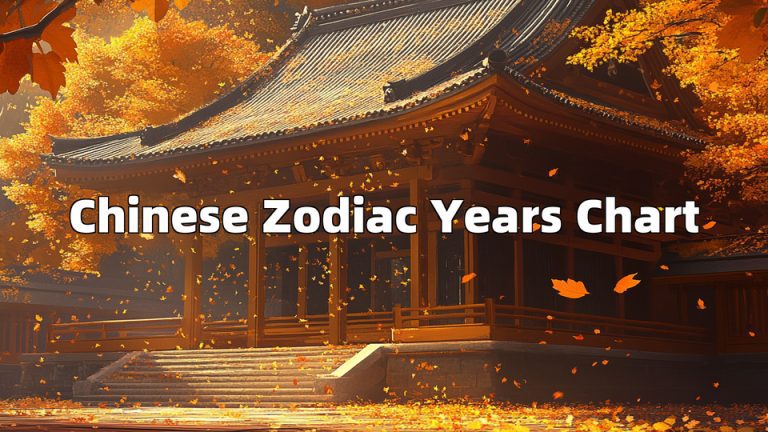how much are pearls worth?
When it comes to the valuation of pearls, understanding the multitude of factors that influence their market worth is essential. Pearls, unlike many other gemstones, are organic gems produced within the soft tissue of a living shelled mollusk. Their value can vary significantly based on several criteria, including type, size, shape, color, luster, and surface quality.
Type is one of the primary determinants of a pearl’s value. There are primarily four types of pearls: Akoya, South Sea, Tahitian, and Freshwater, each with distinct characteristics and price points. For instance, South Sea pearls are often the most valuable due to their size and the rarity of the pearls themselves.
Size also plays a critical role, with larger pearls generally commanding higher prices. However, the size’s impact on value also depends on the pearl type; for example, a large Freshwater pearl may not be as valuable as a smaller South Sea pearl due to differences in luster and rarity.
Shape is another significant factor, with round pearls typically being the most sought after and valuable. However, baroque pearls (those with an irregular shape) can also be highly valuable if they have unique or desirable aesthetics.
Color varies widely among pearls, from white and cream to black, gold, and pink. While certain colors are more valuable in specific markets, the preference can be highly subjective and influenced by current fashion trends.
Luster, or the quality of light reflection from a pearl’s surface, is arguably the most important factor. Pearls with high luster are more desirable and valuable because they exhibit a more intense sheen and deeper glow.
Surface quality refers to the absence of blemishes or irregularities on the pearl’s surface. While completely flawless pearls are exceedingly rare, those with minimal imperfections are valued higher.
Evaluating Pearls: A Comprehensive Guide to Pricing
Once the primary factors have been considered, the next step is to evaluate pearls’ pricing. This process can be complex, as the value of pearls is not standardized in the same way as diamonds or other gemstones. Each pearl must be evaluated individually, taking into account its unique combination of the factors mentioned above.
The pearl’s origin also affects its price. Natural pearls, which are extremely rare, are typically more valuable than cultured pearls. However, among cultured pearls, those produced in environments that closely mimic natural conditions (and thus are of higher quality) will be more expensive.
The market for pearls is global, with certain types being more popular in specific regions. This global demand can influence prices, as can the availability of pearls from different sources.
Pearl Valuation Insights: Understanding How Market Dynamics Affect Worth
The worth of pearls is not only determined by their physical characteristics but also by market dynamics. Supply and demand play a significant role, with rare types of pearls or those produced in limited quantities (such as natural pearls or high-quality South Sea pearls) often commanding premium prices.
Technological advancements in pearl farming have also impacted the market. Improvements in culturing techniques have made high-quality pearls more accessible, potentially affecting the prices of lower-grade pearls.
Economic factors, such as currency fluctuations and changes in consumer purchasing power, can also influence the pearl market. For example, a strong economy might boost luxury goods’ sales, including pearls, thereby increasing their worth.
In conclusion, determining how much pearls are worth involves a multifaceted analysis of both intrinsic qualities and external market factors. Whether you’re a collector, investor, or simply someone with an interest in these beautiful gems, understanding the nuances of pearl valuation is crucial for making informed decisions. As the market continues to evolve, staying informed about these factors will ensure that enthusiasts and professionals alike can appreciate the true value of pearls.







